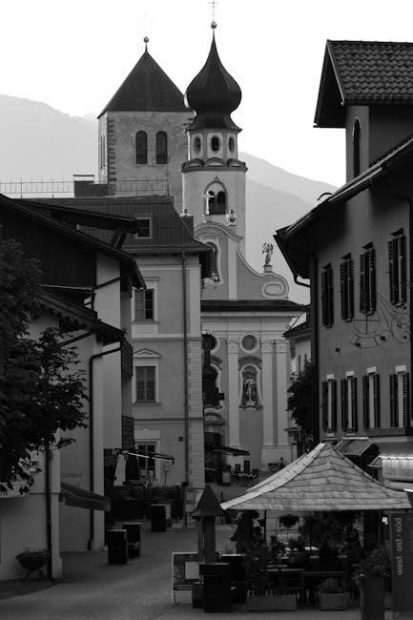Guido Reni, a prominent Baroque painter, is celebrated for his clarity, harmony, and emotional depth, blending Counter-Reformation ideals with artistic innovation, as seen in St․ Michael Defeating Satan․
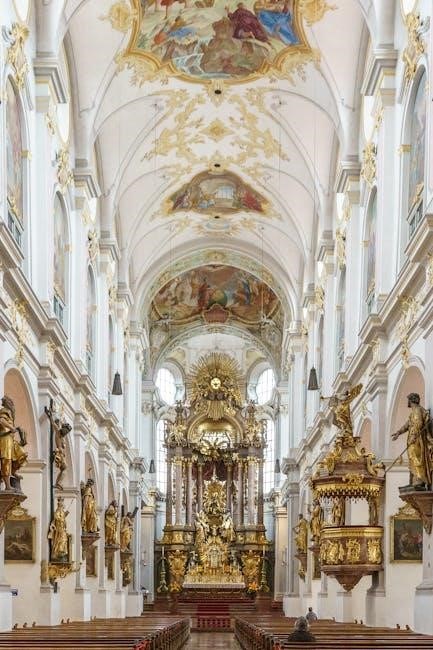
1․1․ Biographical Overview of Guido Reni
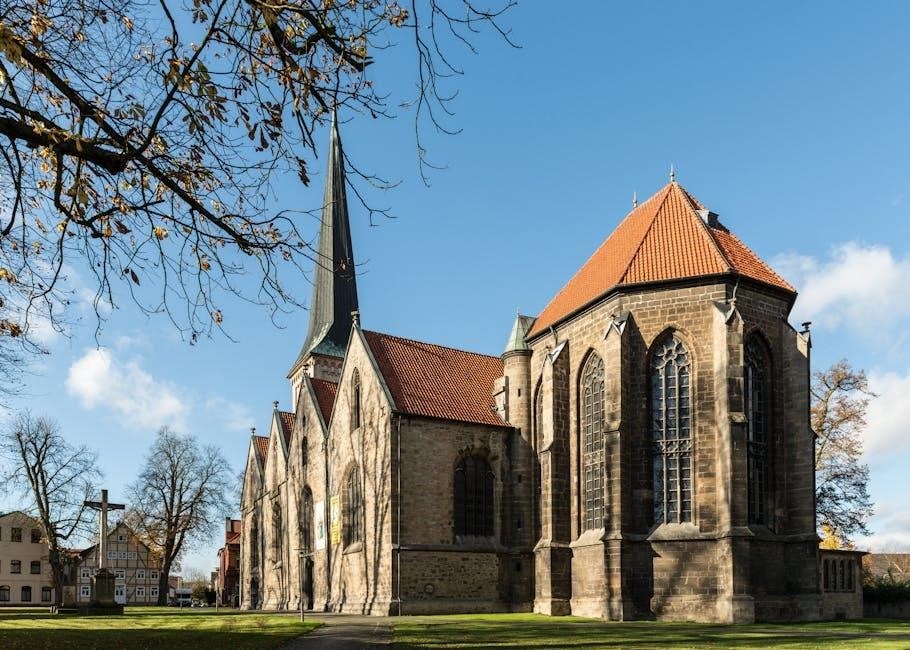
Guido Reni, born in 1575 in Bologna, Italy, was a prominent figure in the Baroque art movement․ Reni began his artistic training under Denis Calvaert and later with the Carracci brothers, refining his skills in Bologna․ His father, a musician, encouraged his early interest in art․ Reni’s career flourished in Rome and Bologna, where he became known for his elegant style and emotional depth․ Despite his artistic success, Reni faced personal struggles, including a gambling addiction that impacted his life and work․ He died in 1642, leaving behind a legacy as one of the most celebrated painters of his time, blending classical ideals with Baroque dynamism․
1․2․ Key Characteristics of Reni’s Baroque Style
Guido Reni’s Baroque style is distinguished by its clarity, harmony, and emotional resonance․ His works often feature soft, diffused light and graceful figures, blending classical ideals with dramatic intensity․ Reni’s use of color is subdued yet rich, creating a sense of calm within dynamic compositions․ Unlike some Baroque artists, Reni emphasized balance and restraint, avoiding overly dramatic chiaroscuro․ His paintings frequently depicted religious themes, reflecting the Counter-Reformation’s emphasis on emotional engagement․ Reni’s ability to convey profound emotion through serene expressions and elegant forms set him apart, making his art both moving and accessible․ His style, influenced by the Carracci, bridged the gap between classical harmony and Baroque drama, leaving a lasting impact on 17th-century art․
The Painting “St․ Michael Defeating Satan”
Created in 1635, this painting captures the dramatic confrontation between good and evil, showcasing Reni’s mastery of Baroque art with its expressive power and cultural significance․
2․1․ Historical Context and Creation Date (1635)
Guido Reni’s St․ Michael Defeating Satan was created in 1635, a time of religious and cultural upheaval in Europe․ The Baroque period, marked by dramatic artistic expression, provided the perfect backdrop for this painting․ Commissioned during the Counter-Reformation, the artwork reflects the Catholic Church’s efforts to reaffirm its doctrines through powerful visual narratives․ The depiction of the archangel Michael triumphing over Satan symbolized the Church’s struggle against heresy and evil․ Reni’s work was influenced by the era’s spiritual tensions and the desire to inspire devotion․ The painting’s execution coincided with a period of heightened religious fervor, making it a significant piece in the context of 17th-century Catholic art and ideology․

2․2․ Iconography and Symbolism in the Painting
In St․ Michael Defeating Satan, Guido Reni employs rich iconography to convey spiritual and moral themes․ The archangel Michael, depicted in gleaming armor, symbolizes divine justice and righteousness, while Satan, represented as a dark, serpentine figure, embodies evil and chaos․ The dramatic contrast between light and darkness underscores the eternal struggle between good and evil․ Michael’s spear, thrust downward, signifies the triumph of faith over sin․ The painting’s dynamic composition and vibrant colors amplify the emotional impact, reinforcing the Catholic Church’s message of redemption and the victory of divine order over disorder․ Reni’s use of symbolism aligns with Baroque ideals, creating a visually powerful narrative of moral and spiritual conflict․
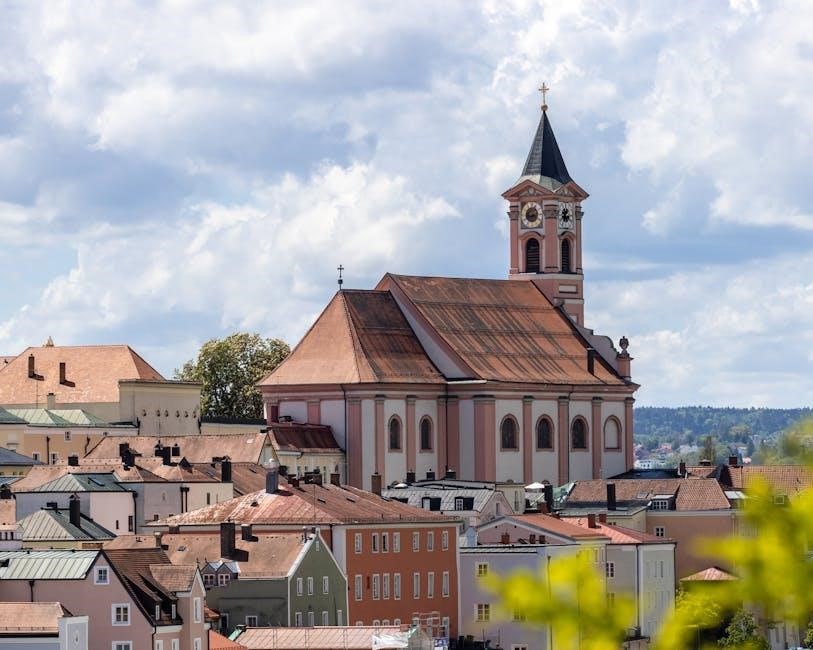
Artistic Techniques and Composition
Guido Reni’s St․ Michael Defeating Satan showcases masterful use of chiaroscuro and dynamic composition, creating a dramatic interplay of light and shadow that heightens the painting’s emotional intensity․
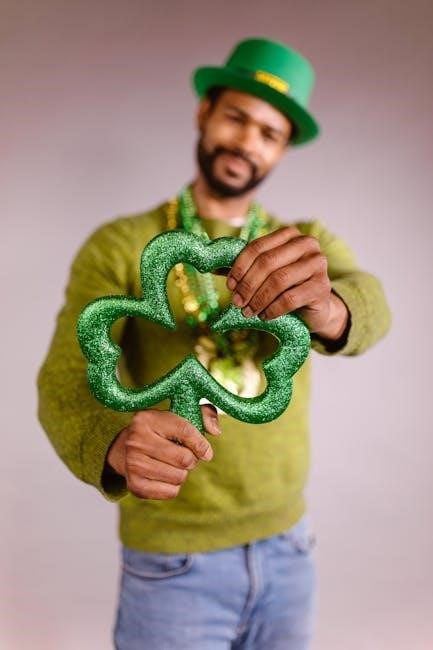
3․1․ Use of Color and Light in the Painting
Guido Reni’s masterful use of color and light in St․ Michael Defeating Satan creates a dramatic and emotionally charged visual narrative․ The painting employs chiaroscuro, a strong contrast between light and dark, to heighten the spiritual and physical struggle․ Reni’s palette features vivid, warm hues, with golden light radiating from the Archangel Michael, symbolizing divine purity and triumph․ The dark, muted tones of Satan contrast sharply, emphasizing his malevolence․ This interplay of light and shadow not only enhances the composition’s dynamic movement but also deepens the emotional impact, drawing the viewer’s eye to the central conflict․ The use of color and light underscores the painting’s religious symbolism and Reni’s ability to evoke profound emotional responses through his artistry․
3․2․ Composition and Dynamic Movement
In St․ Michael Defeating Satan, Guido Reni masterfully employs composition and dynamic movement to convey the epic struggle between good and evil․ The painting’s central axis aligns with the Archangel Michael’s powerful pose, creating a sense of balance and authority․ Reni uses sweeping diagonals to depict the downward thrust of Michael’s spear and the twisted, serpentine form of Satan, enhancing the dramatic tension․ The figures’ dynamic poses and expressive gestures amplify the emotional intensity, drawing the viewer into the scene․ Reni’s use of movement and composition not only reflects the Baroque emphasis on dramatic storytelling but also underscores the theological themes of divine triumph and moral conflict, making the painting both visually engaging and deeply symbolic․
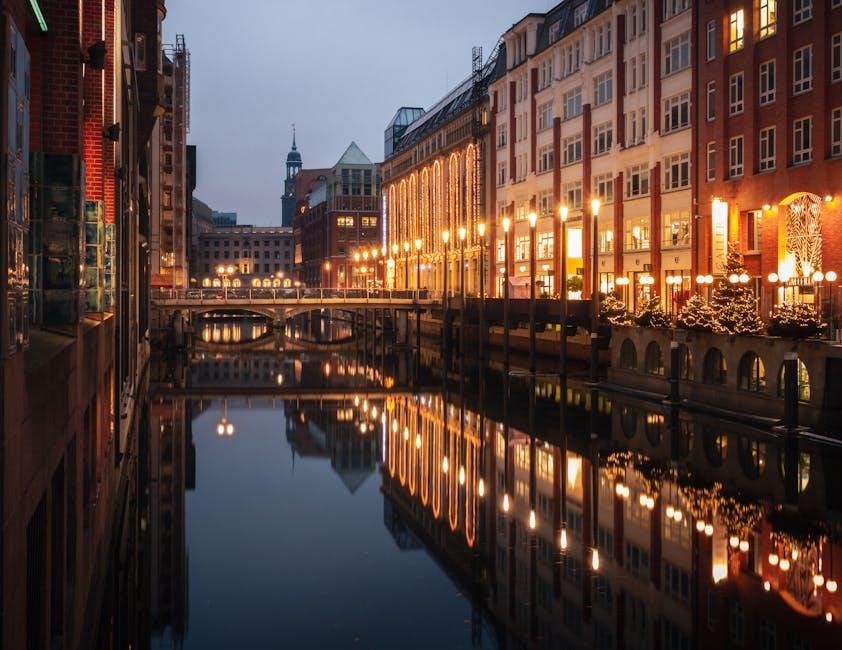
The Cultural and Religious Significance
St․ Michael Defeating Satan holds profound cultural and religious significance, embodying Catholic ideals of divine triumph over evil․ It inspired devotion and reflected Baroque spirituality․
4․1․ The Archangel Michael as a Religious Icon
The Archangel Michael is a central religious figure in Catholicism, symbolizing divine justice and victory over evil․ Often depicted as a warrior, he embodies strength and righteousness․ In Guido Reni’s painting, Michael is portrayed as a powerful, radiant figure, reinforcing his role as a protector of faith and a defender against darkness․ This depiction aligns with the Counter-Reformation ideals of the Catholic Church, emphasizing the triumph of good over evil․ Michael’s iconography has been a recurring theme in religious art, inspiring devotion and serving as a symbol of hope and salvation for believers․ Reni’s interpretation captures the essence of Michael’s divine authority and enduring spiritual significance․

4․2․ The Painting’s Role in Baroque Art and Catholicism
Guido Reni’s St․ Michael Defeating Satan stands as a quintessential example of Baroque art, blending dramatic tension with religious fervor․ Created during the Counter-Reformation, the painting reinforced Catholic doctrine by visually depicting the triumph of good over evil․ Its vivid use of light and color, along with dynamic composition, encapsulated the emotional intensity characteristic of Baroque art․ The work not only served as a powerful visual tool for the Catholic Church but also solidified Reni’s reputation as a leading artist of his time․ Its enduring influence lies in its ability to inspire devotion and reflect the spiritual and artistic ideals of 17th-century Catholicism․
Hidden Secrets and Scandals Surrounding the Work
Guido Reni’s masterpiece hints at scandals, with rumors of personal turmoil influencing its creation․ The painting’s hidden iconography adds layers of mystery to its revered status․
5․1․ Controversies and Stories Behind the Painting
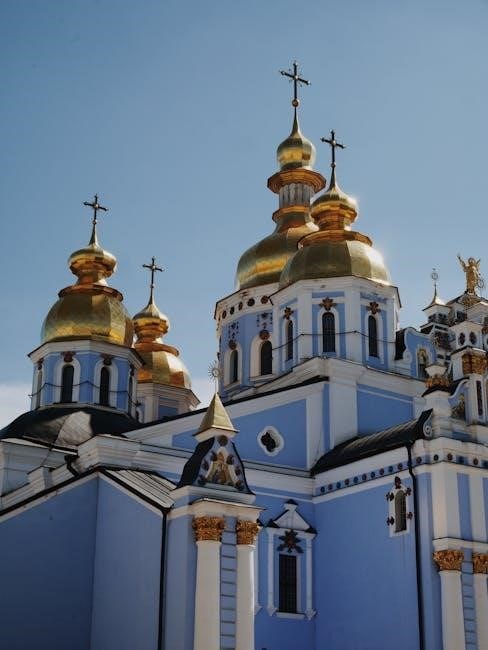
Guido Reni’s St․ Michael Defeating Satan is shrouded in intrigue, with theories about its creation and hidden meanings․ Created in 1635, the painting emerged during a period of religious and artistic upheaval․ Some art historians suggest that Reni embedded subtle symbols reflecting his personal struggles, while others debate the depiction of Satan, arguing it mirrors contemporaneous political figures․ The work’s dramatic Baroque style, with its vivid colors and dynamic composition, sparked both admiration and criticism, as some viewed it as too theatrical for its sacred subject matter․ These controversies have only deepened the painting’s mystique, making it a subject of endless speculation and analysis․
5․2․ The Artist’s Personal Life and Its Influence on the Artwork
Guido Reni’s personal life was marked by turmoil, which deeply influenced his art․ His struggles with gambling debts and financial instability often overshadowed his career, yet these challenges infused his work with emotional intensity․ Reni’s depiction of St․ Michael Defeating Satan reflects his inner battles, as the archangel’s triumph over darkness mirrors his own efforts to overcome personal demons․ The painting’s dramatic contrasts and vivid expressions may symbolize his spiritual and psychological struggles․ Reni’s life story adds a layer of authenticity to his art, making his masterpieces not only religious expressions but also deeply personal journeys of redemption and resilience․
